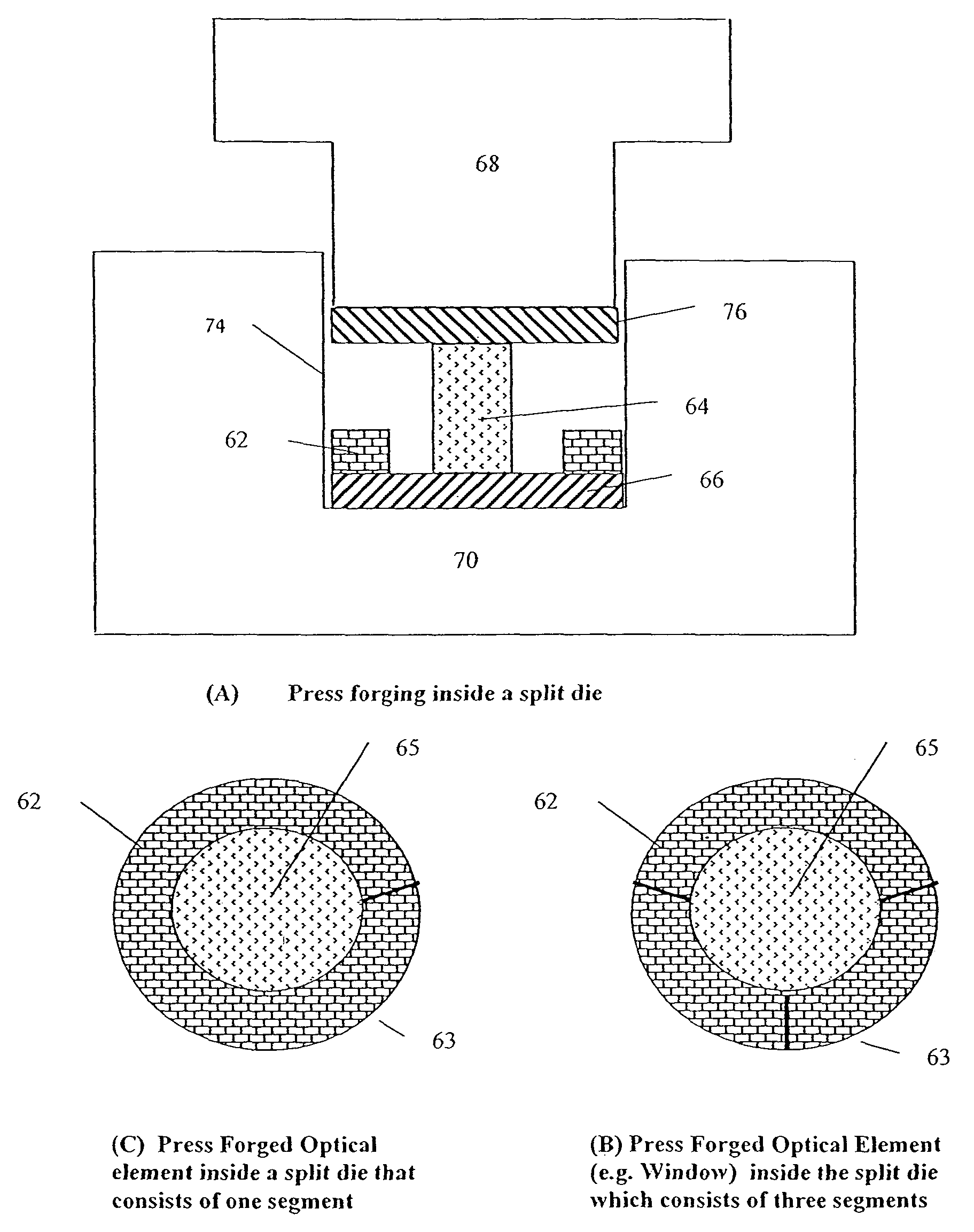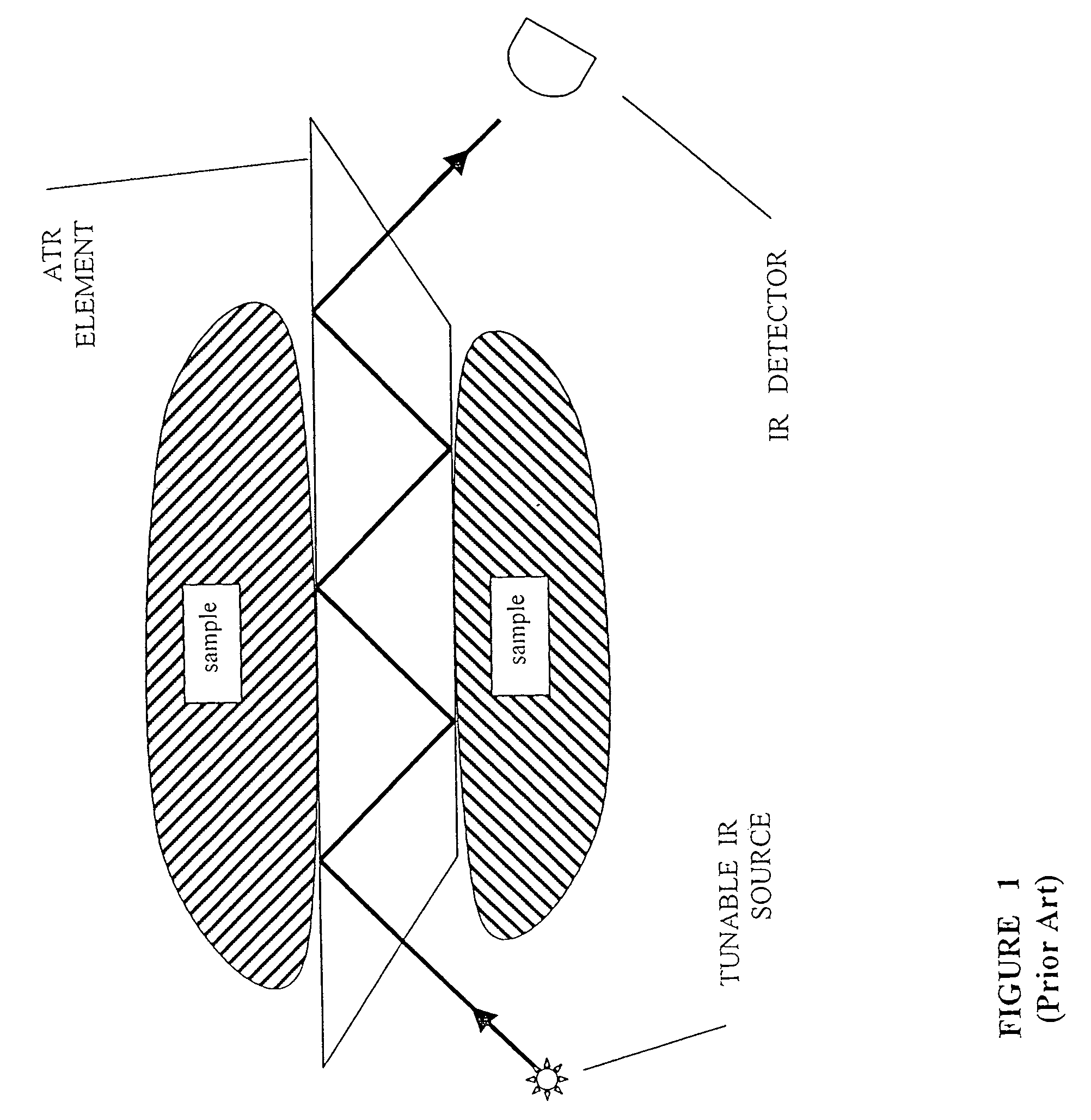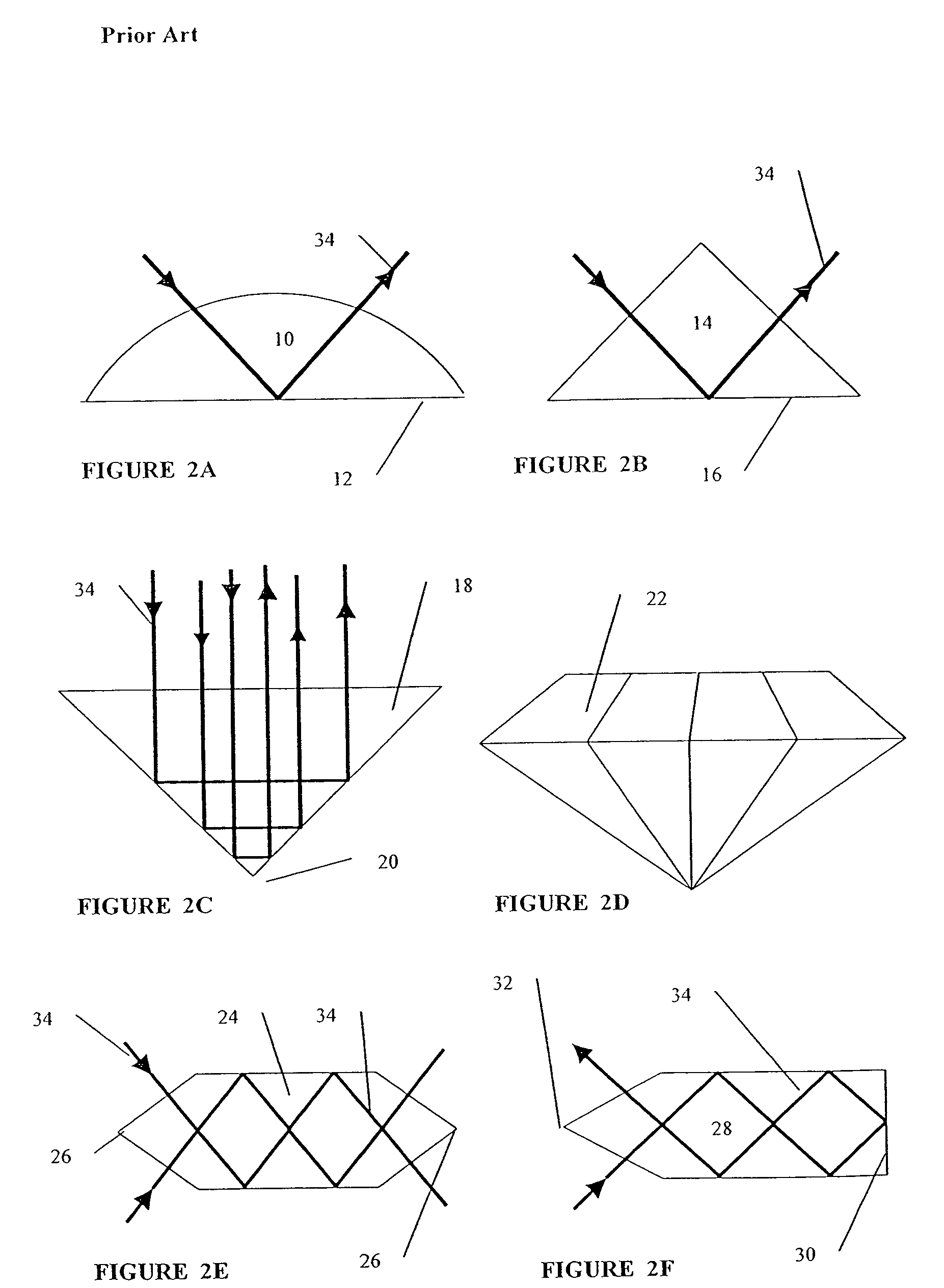Forming transparent crystalline elements by cold working
a technology of transparent crystals and cold working, which is applied in the field of cold working preparation of optical elements for infrared applications, can solve the problems of complex process, high cost, time-consuming and expensive, etc., and achieve the effect of low cost and high sensitivity
- Summary
- Abstract
- Description
- Claims
- Application Information
AI Technical Summary
Benefits of technology
Problems solved by technology
Method used
Image
Examples
Embodiment Construction
[0097]The present invention is of a method of preparing a monocrystalline or polycrystalline ingot of a soft and ductile IR-transmissive material and cold working the ingot to produce polycrystalline elements of desired shapes. Specifically, the present invention can be used to make optical elements for ATR infrared spectroscopy.
[0098]The principles and operation of producing IR optical elements according to the present invention may be better understood with reference to the drawings and the accompanying description.
[0099]The mechanical methods used in the present invention are similar to the cold working methods used in metallurgy. These include press forging for the fabrication of “bulk” optical elements and stamping, or coining, or embossing, for the fabrication of “surface” optical elements.
[0100]The preferred starting material is a large crystal that is highly transparent in the mid-infrared and is ductile. The crystal is of very high purity, and with minimum scattering. The r...
PUM
| Property | Measurement | Unit |
|---|---|---|
| temperature | aaaaa | aaaaa |
| temperature | aaaaa | aaaaa |
| temperature | aaaaa | aaaaa |
Abstract
Description
Claims
Application Information
 Login to View More
Login to View More - R&D
- Intellectual Property
- Life Sciences
- Materials
- Tech Scout
- Unparalleled Data Quality
- Higher Quality Content
- 60% Fewer Hallucinations
Browse by: Latest US Patents, China's latest patents, Technical Efficacy Thesaurus, Application Domain, Technology Topic, Popular Technical Reports.
© 2025 PatSnap. All rights reserved.Legal|Privacy policy|Modern Slavery Act Transparency Statement|Sitemap|About US| Contact US: help@patsnap.com



